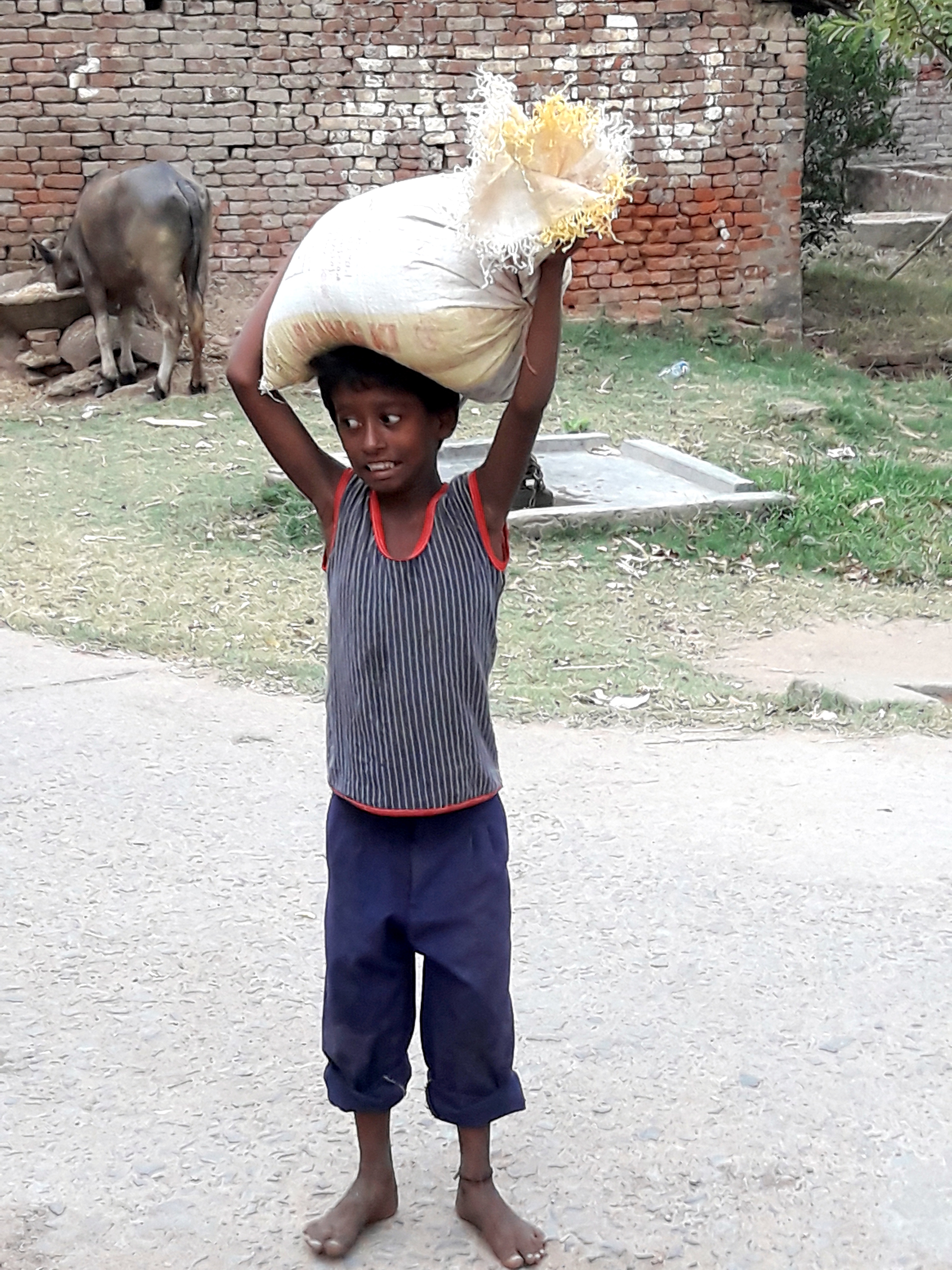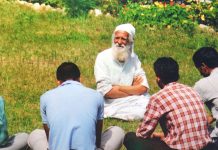It has already been over 23 days since 2,000 people were caught between the borders of India and Bangladesh due to the countywide lockdown amid the coronavirus pandemic. The fact location where these 2,000 people found themselves stranded was in Tripura’s Sipahijala district. The lockdown meant that they could neither move out and travel to a more hospitable location and nor could they attain any access to Indian markets as the lockdown had led to a total closure of economic activities. But after their long drawn struggle for survival, the Indian administration finally gave them food, rations and other daily necessities.
In this district of Tripura located on the India-Bangladesh border, there are about 6oo odd family that live across 11 different enclaves outside the barbered wire fence demarcating the two countries.
On March 25, when PM Narendra Modi announced his plans of connecting a nationwide lockdown- these people found them trapped in a strange plight. Their plight was particularly pathetic because these people find themselves tragically trapped between the borders of these two countries. Th BSF has shut down the gates of the border for these stranded individuals as it is feared that they may be the prospect carriers of the virus. Border Guards of Bangladesh have denied them entry into the soil of the country and this has rendered them without any takers.
It is evident that for a group like this, it is hunger that is a much greater threat to existence than even the fear of the inaction of coronavirus. Three weeks have passed by and the local administration has finally cared to coordinate with the BSF, Tripura police and other stakeholders and has arranged for ration and other essential supplies to be delivered to them.
What these stranded people have so far got access to includes basics such as pulses, rice, at a, salt etc but it is hoped that in the common days, the government will take the help of the local panchayat and make available other essentials such as vegetables, oils, medicines etc.
Since these habitations are located on the border, the government has to follow special protocols to help out these people and it is hoped that in the coming days, the supply chain would become much more accessible than it has been for the past three weeks.
The government has shared its plans of supplying essentials at these habitations twice a week. One person from each family outside the fence would be allowed to come inside and the supplies would be handed down to him/her.
The panchayat has also sought the help of volunteers from the Red Cross for collecting vegetables and other necessities and getting them delivered to these people.
It is interesting to note that the border between India and Bangladesh runs in such a way through this village that some of the homes had been initially divided from between, with one part falling in India and the other in Bangladesh.
The people who live in this strange location, may have found their homes to fall within the Indian territory but out of the barbed wire fence, especially in the Sonamura sub-division in Sipahijala district.
With Indian administration finally taking cognisance of their plight, it is expected that the miseries of these inhabitants of the India- Bangladesh border will surely reduce and they too will have access to a more secure and sustained lockdown phase.













